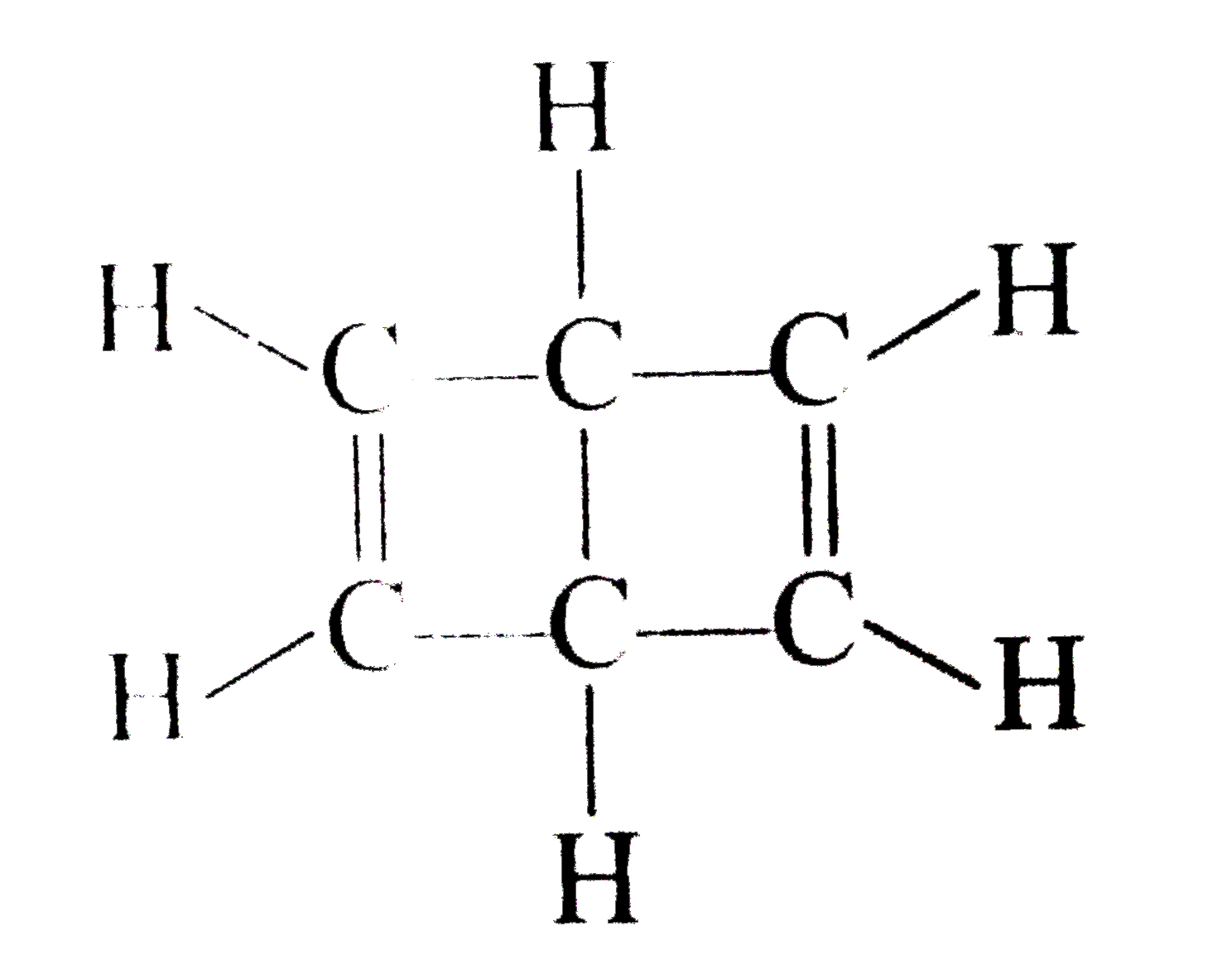Observe structures A and B given below. Which of the following statements are correct?

A is having 2'-OH group which makes it less reactive and structurally stable, whereas B is having 2'-H group which makes it more reactive and unstable.
A is having 2'-OH group which makes it more reactive and structurally unstable, whereas B is having 2'-H group which makes it less reactive and structurallystable.
A and B both have -OH groups which make it more reactive and structurally stable.
A and B both are having -OH groups which make it less reactive and structurally stable
Step by step video solution for Observe structures A and B given below. Which of the following statements are correct? by Biology experts to help you in doubts & scoring excellent marks in Class 12 exams.
Updated on:21/07/2023टॉपर्स ने हल किए ये सवाल
- SAMPLE PAPER 2022BOOK - CBSE MODEL PAPERCHAPTER - SAMPLE PAPER 2022EXERCISE - SECTION - C
12 Videos
- SAMPLE PAPER 2022BOOK - CBSE MODEL PAPERCHAPTER - SAMPLE PAPER 2022EXERCISE - Questions in lieu of diagram based questions for VI candidates (Section - A)
5 Videos
- SAMPLE PAPER 2022BOOK - CBSE MODEL PAPERCHAPTER - SAMPLE PAPER 2022EXERCISE - Questions in lieu of diagram based questions for VI candidates (Section - C)
11 Videos
- PRACTICE PAPER 2022BOOK - CBSE MODEL PAPERCHAPTER - PRACTICE PAPER 2022EXERCISE - MULTIPLE CHOICE QUESTION
60 Videos
- SAMPLE PAPER 2022 TERM IIBOOK - CBSE MODEL PAPERCHAPTER - SAMPLE PAPER 2022 TERM IIEXERCISE - SECTION C
2 Videos
समान प्रश्न
ज्ञान जांच
In the reaction given below :

Which of the following statements is/are incorrect ?AThe reaction proceeds via SN2 mechanism hence inversion of configuration takes place.BThe reaction proceeds via SN1 mechanism hence inversion of configuration takes place.CThe reaction proceeds via SN2 mechanism hence their is no change in the configuration.DThe reaction proceeds via SN1 mechanism hence there is no change in the configuration.Which of the following statement given below is incorrect?
AONF is isoelectronic with O2N−BOF2 is an oxide of fluorineCCl2O7 is an anhydride of perchloric acidDO3 molecule is bentGiven a+b+c+d=0. Which of the following statements(s) is (are) correct?
Aa,b,c, and d much each be a null vectorBThe magnitude of a+c equals the magnitude of b+dCThe magnitude of a can never be greater than the sum of the magnitudes of b,c and dDb+c must lie in the plane of a and d if a and d are not colinear and in the line of a and d if they are collinear
Which of the following statements is(are) correct for the diamond structure?
View SolutionWhich of the following statements are correct about the reaction given below ?

View SolutionWhich of the following statements or structures is not correct about the midbrain?
View SolutionWhich of the following statements is true for the reaction given below ?

View Solution
In the given Dewar structure of benzene, which of the following statement (s) is/are correct?
View Solution


